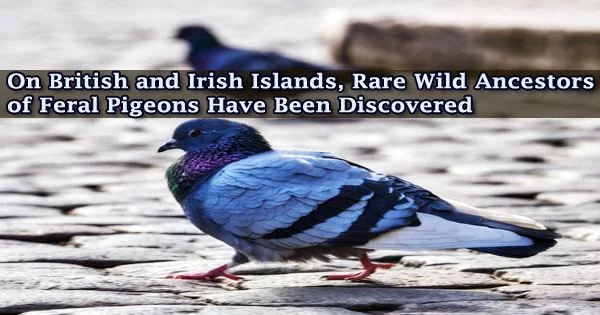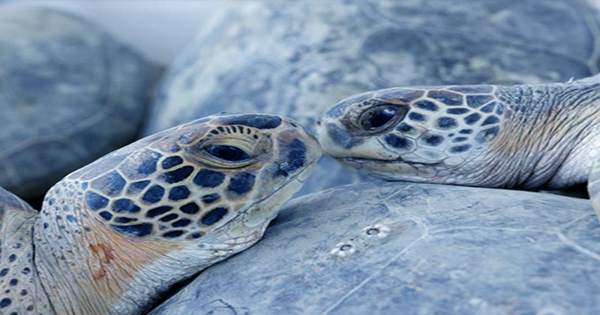Rare colonies of the wild ancestors of ordinary domestic and feral pigeons have been discovered by researchers led by members of Oxford University’s Department of Biology. The wild Rock Dove (Columba livia), which is now extinct in England and Wales, has been discovered on remote Scottish and Irish islands, offering new information on the origins of the domestic pigeon.
‘Feral’ pigeons, which are domestic bird escapees, are a common sight in towns and cities all over the world. These domestic pigeons are related to wild Rock Doves, which breed in mountainous and seaside caves.
Despite the popularity of feral pigeons, the Rock Dove’s range, which previously included considerable portions of Africa, Asia, and Europe, has been shrinking globally.
Will Smith, a DPhil student at Oxford University and the study’s lead author, said that because of the considerable interbreeding and replacement by feral pigeons, it has been difficult for experts to understand the demise of the Rock Dove.
Only a few small remnant populations of rock doves still exist today in areas where feral pigeons have not yet been allowed to settle. In fact, many ornithologists think that there are no longer any really wild Rock Doves because of the hybrids produced by the interbreeding of feral pigeons and Rock Doves.
However, there are some locations that could serve as colonies, including the Faroe Islands in Europe, some regions of the Mediterranean, and portions of Scotland and Ireland.
In order to determine whether the populations of birds believed to be Rock Doves in Scotland and Ireland were truly “wild,” the researchers used DNA analysis to study those populations. They also estimated how much genetic influence feral pigeons had on various wild populations.
We identified feral pigeon ancestry in most of the Scottish and Irish Rock Dove populations we sampled, and there have been feral pigeons in Europe for hundreds of years. It was therefore really surprising to discover that the Outer Hebridean Rock Doves showed negligible signs of hybridisation.
Will Smith
The research team caught both wild pigeons and presumed Rock Doves through a combination of expeditions and cooperation with British Trust for Ornithology bird ringers in locations like North Uist (Uibhist a Tuath) in the Outer Hebrides, Orkney, and Cape Clear Island.
The scientists collected bird feather samples for DNA analysis. They were able to demonstrate the differences between feral pigeons and Rock Doves through DNA sequencing of the pigeons, and they were also able to gauge the level of interbreeding between the two varieties of the species.
The findings demonstrated that, with different degrees of interbreeding, the Rock Doves of the UK and Ireland are descended from the undomesticated lineage that all feral and domestic pigeons share.
Due to frequent interbreeding with feral pigeons in Orkney, rock doves are in danger of becoming hybridized to the point of extinction as an unique lineage. The Outer Hebrides’ Rock Doves, in contrast, are still mostly unaffected by feral pigeon influence.
“We identified feral pigeon ancestry in most of the Scottish and Irish Rock Dove populations we sampled, and there have been feral pigeons in Europe for hundreds of years. It was therefore really surprising to discover that the Outer Hebridean Rock Doves showed negligible signs of hybridisation,” explained Will Smith.
However, feral pigeon reports have been coming in more frequently from these islands, so it’s possible that as a result, the distribution of wild Rock Doves in the UK is continuing to decline.
Monitoring the remaining Rock Dove populations and fostering research into potential relict populations elsewhere will both benefit from keeping track of their geographic distribution and genetic state.
Increased knowledge of “extinction by hybridization” in the broader context of conservation will aid efforts to stop many other plants and animals, including the Scottish wildcat, from suffering the same fate as the Rock Dove.
The full paper, Limited domestic introgression in a final refuge of the wild pigeon, is available in iScience.
















